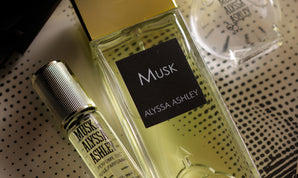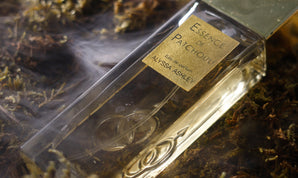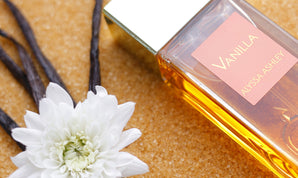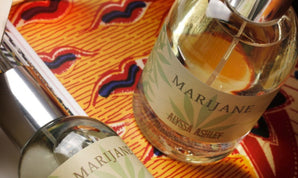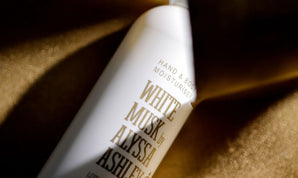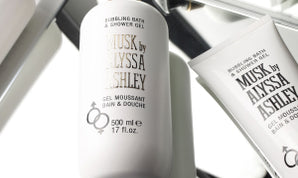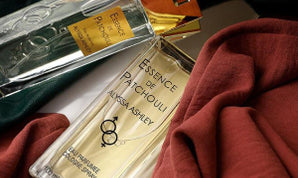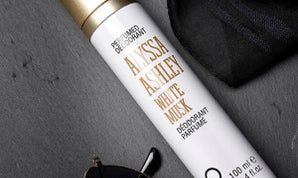Who has never at least once been fascinated by the sommeliers' ability to recognize and describe wines or understand their imperfections? Wine tasters do not own special powers. They are people who have developed the sensitivity that allows them to recognize the main characteristics of what they may be drinking through method and application. Any person can, with the right training and the use of particular techniques, further understand wine and the sensation miracle it offers when tasting it.
In this article we will address the following topics
- Senses in tasting
- Tasting wine: Visual examination
- Tasting wine: The Olfactory exam
- Tasting wine: The Gustatory Exam
- The importance of smell when tasting wine
- How can wine be described?
Senses in tasting
It would be very wrong to think that a sommelier can understand a wine only by using taste. The senses involved in tasting are three, sight, smell and then comes taste. We could even say that taste should only confirm what has already been detected from the analysis of the other two senses. Therefore wine tasting therefore goes through three fundamental phases: visual examination, olfactory examination and gustatory examination.
Tasting wine: the visual examination
In the visual exam we evaluate:
- Limpidity: From Veiled to Brilliant (the ability to refract light is evaluated, from looking at how much light goes through the glass)
- Color:
-
- yellow greenish yellow / straw yellow / golden / amber
- pink Tue / Cerasuolo / Chiaretto
- red Purple / Ruby / Grenade / Orange red
- Consistency: Fluid or Viscous (assessed by turning the wine in the glass and analyzing how big and long lasting the arches that remain on the walls are)
- Effervescence: grain / number / bubble persistence
Tasting wine: The Olfactory exam
In the Olfactory exam we evaluate:
- Intensity: From lacking to very intense
- Complexity<: From lacking to wide
- Quality: From Common to Excellent (quality is the synthesis between intensity and complexity)
- Description: Harmonic / Vinous / Floral / Fruity / Herbaceous / Mineral / Spiced / Ethereal / Toasted / Franco (You can have fun when describing wine, mainly because the sensations will be linked to one’s personal experience.)
The important thing when tasting a wine is not really that the hint of berry that we perceived is, for example, identical to that of another person; but that under the same conditions, with the same wine, the same smell is perceived.
When you smell a wine you look for all those profiles that ensure that the wine has no problems, but it is not necessarily directly linked with an scent, or better, with the vision of a certain type of scent belonging to those who taste it.
Tasting the wine: The Gustatory Exam
In the Gustatory exam we evaluate:
- Softness: sugars / alcohols / polyhydric alcohols
- Hardness: Acids / Tannins / Mineral Substances
- Balance: From slightly Balanced to Balanced
- Intensity: From lacking to very intense
- Persistence: From Short to Very Persistent
- Quality: From Common to Excellent
- Structure or body: from thin to heavy
- Evolutionary state: From Young to Ready
The visual and olfactory examination give us a lot of information, but it remains nuanced. When we move to the mouth test instead, we do not obtain as much information, mainly 4 aspects: acid, salty, bitter and sweet, and some information on the consistency and heat related to alcohol, which is not, however, very clear.
The importance of smell in tasting wine.
We must highlight how the sense of smell is important for both the olfactory examination and for the gustatory one. This is shown by the fact that, as we have all experienced many times in our life, when we have a cold, our gustatory system cannot perceive anything. This is because we can attribute two fundamental components to the sense of smell, one occurs when we inhale, therefore when our sense is stimulated by molecules in the air, and what we normally define as smell is perceived. The second one occurs when you exhale, when the air from the bottom of the mouth rises towards the nasal cavity, allowing you to taste the substance. During the gustatory examination, a small quantity of wine is put in the mouth and through a small gap between your lips, an equally small quantity of air is inspired to favor the volatilization of the active ingredients contained in the wine. This is how two types of sensations are perceived, the actual ones of taste, assessable through the tongue and membranes of the mouth, and the retronasal olfactory ones, which are provided by the aromatic component of the wine going back through the nasal cavity (which is commonly called aftertaste)
How can wine be described?
Here is the list of descriptives used during all kinds of winetesting:
- Aromatic:tied to berries that are aromatic grapes, such as Moscato, Malvasia, Brachetto
- Vinous: linked to the the Floral Fruity Herbaceous Mineral wine characteristics
- Ethereal: notes recalling hydrocarbon and alcohol
- Franco: linked to the origin vine and the territory of origin
- Dry Toasted or Sweet Toasted (it is defined as sweet when it contains more than one gram of sugar per litre)
- Alcohols: how warm we feel it
- Polyalcohols: when we feel softness, it is the glycerin formed by alcoholic fermentation
- Hardness: these notes make it more inviting to drink
- Intensity and persistence
Only now we can give our final verdict, evaluating our wine’s evolutionary state and harmony.
- Evolutionary state: From immature to ready or old
- Harmony: From Slightly Harmonic to Harmonic
And cheers!
WRITTEN BY THE EDITORIAL STAFF
